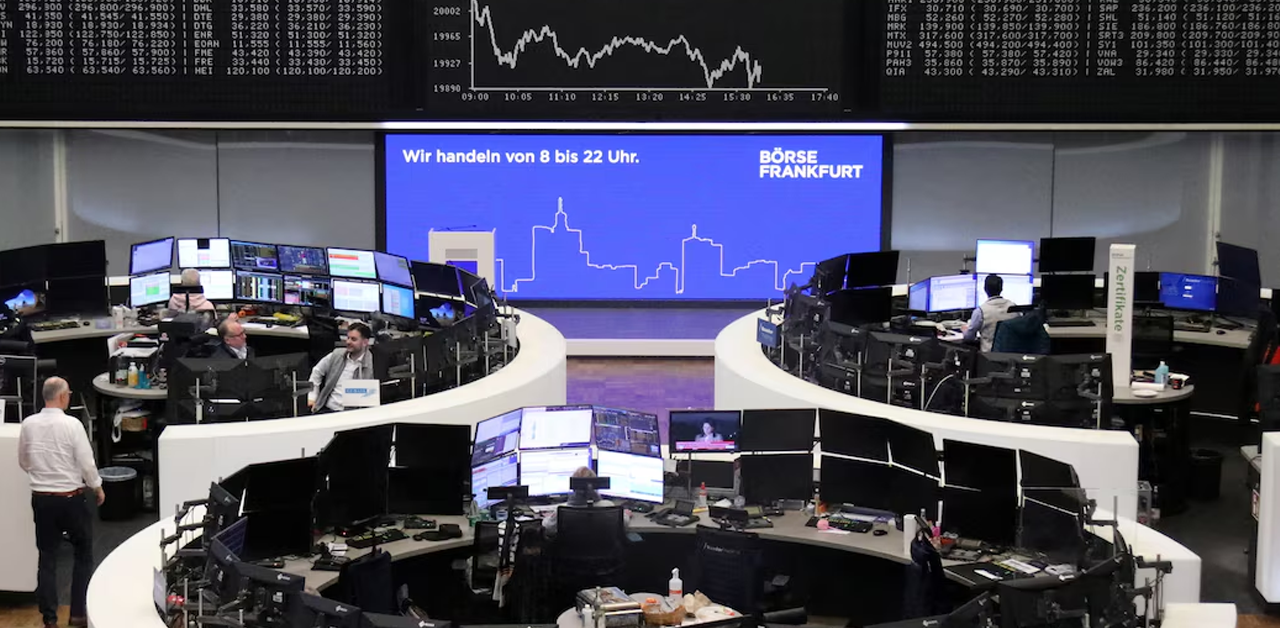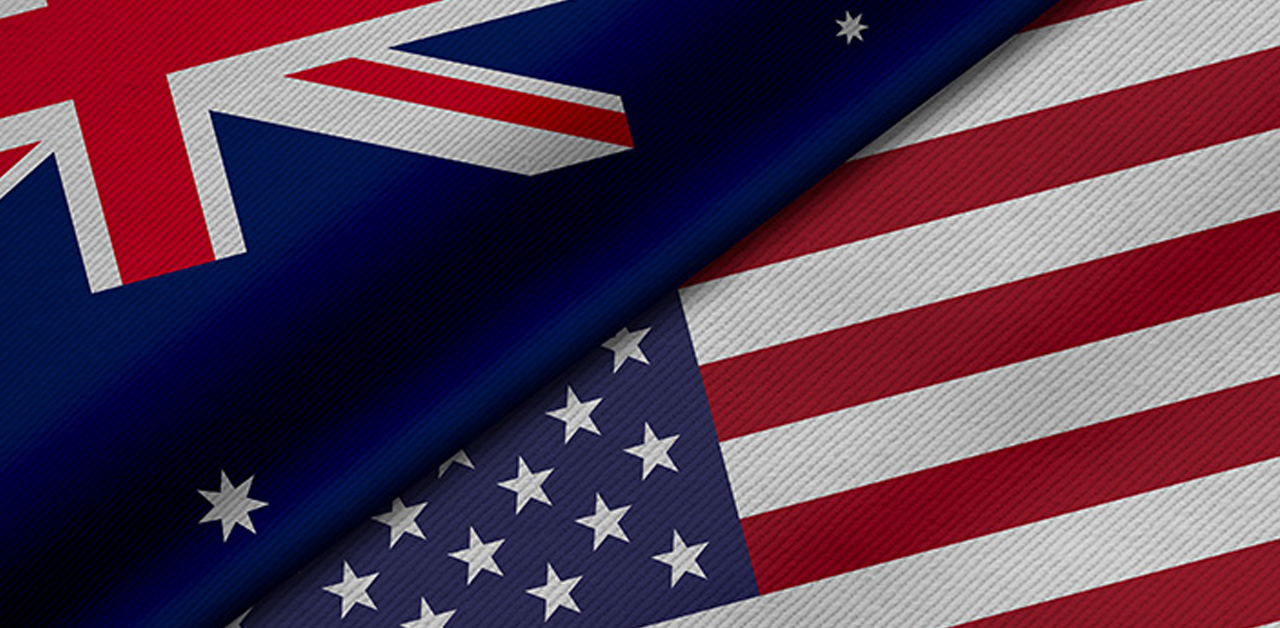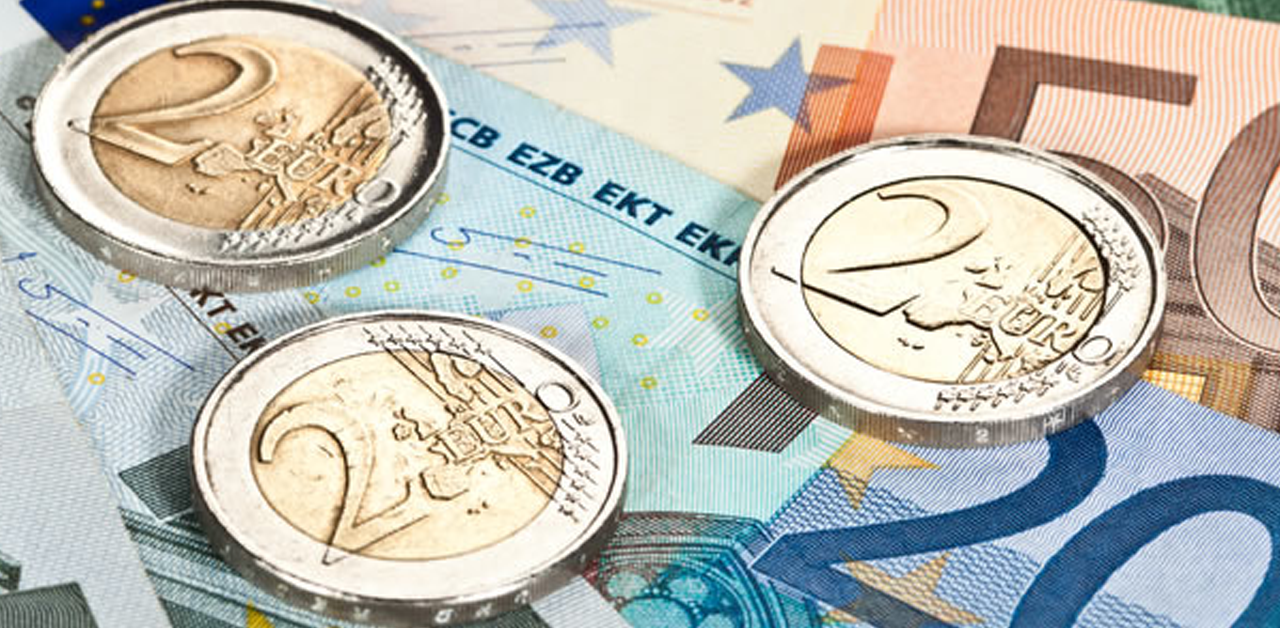XAU/USD pair remains bullish as the US currency continues to fall
The gold price is rising as the US currency and US yields fall. The 10-year yield is down almost 2% on the day, while the DXY index, which measures the US dollar against a basket of currencies, is down about 0.3 percent at the time of writing. Russia has promised to pull back military activities near Ukraine’s capital and north, while Kyiv has recommended that Ukraine join the EU while remaining neutral by not joining NATO.
“Talks were fruitful enough for Putin and Zelensky to meet,” said Ukrainian presidential advisor Mykhailo Podolyak. “We have documentation ready today that will allow the presidents to meet bilaterally,” he added. However, overall, movement has been very subdued. This suggests that the Russia-Ukraine conflict is not as priced in as some may have expected, or that markets are not fully buying it. Markets have been up and down in the previous 24 hours. The most important event, however, was the increase in 2Y UST rates to 2.45 percent yesterday, as well as yield curve inversions.
Market investors have pounced on gold (XAU/USD) as safe-haven assets lose attractiveness as peace negotiations between Russia and Ukraine continue. This week, the precious metal fell precipitously after failing to hold above the $1,950.00 level. Despite a response purchase just below $1,900, gold prices have risen to about $1,920.00. The Russian government has ignored the opening step of a ceasefire with Ukraine and has evacuated its soldiers from northern Ukraine and Kyiv. While Ukraine has declared itself neutral and has elected not to join the NATO alliance.
Moscow and Kyiv’s opening move toward a ceasefire plan has lifted market mood. Risky assets are gaining momentum in the midst of a strong risk-on drive. Meanwhile, the US dollar index (DXY) has been subjected to a barrage of selling in safe-haven assets. The DXY is retracing to approximately 98.00, its low from Tuesday, and is expected to continue its losses once the latter is violated. The Federal Reserve (Fed) has a better chance of raising interest rates by 50 basis points (bps) despite weak US JOLTS Job Openings data. The JOLTS Job Opening number was 11.266M, slightly higher than the prior result of 11.263M and the projection of 11M.
Investors will be looking for guidance from the quarterly US Gross Domestic Product annualised (Q4) report, which is coming on Wednesday. The preliminary estimate for quarterly US GDP is 7%, which is the same as the prior number.











